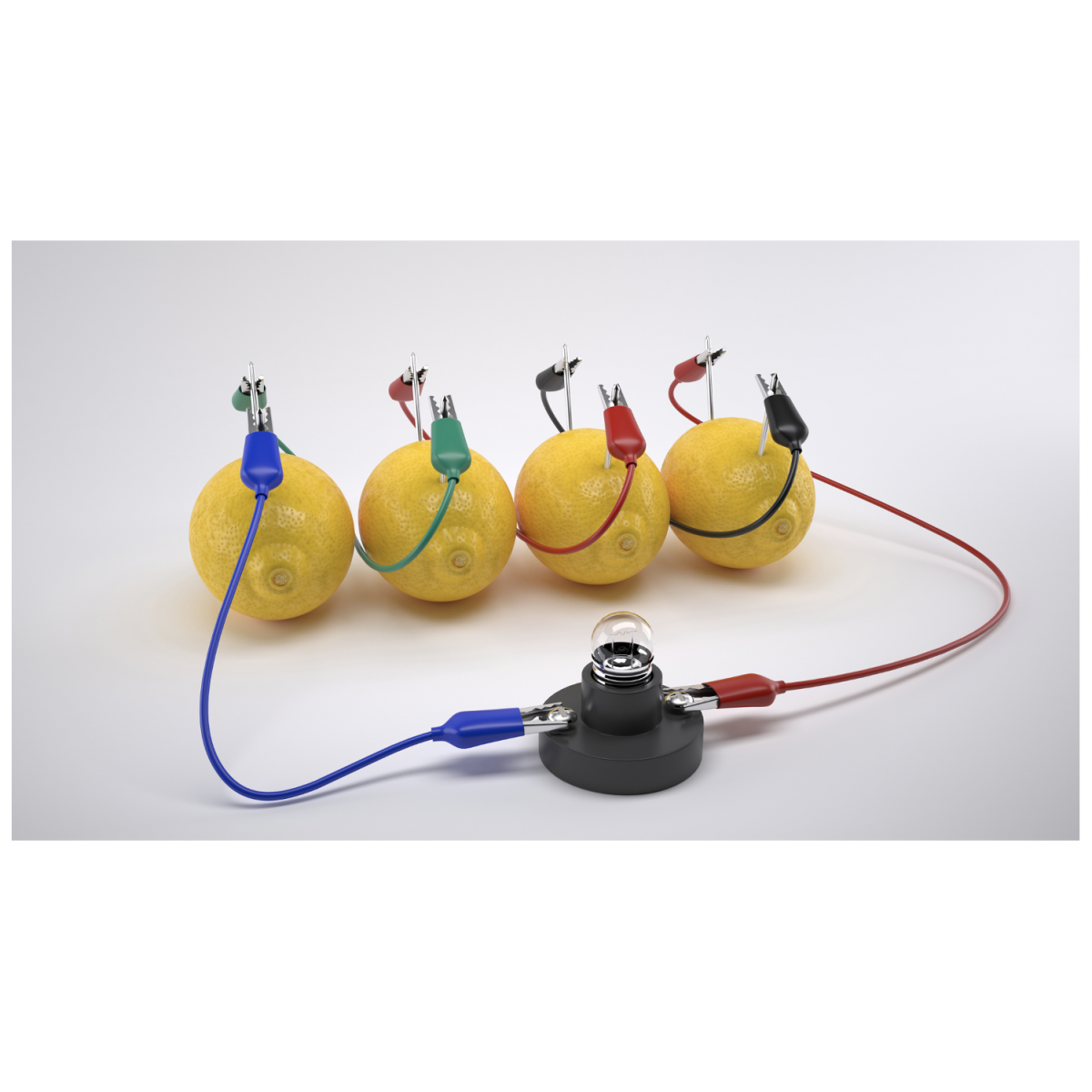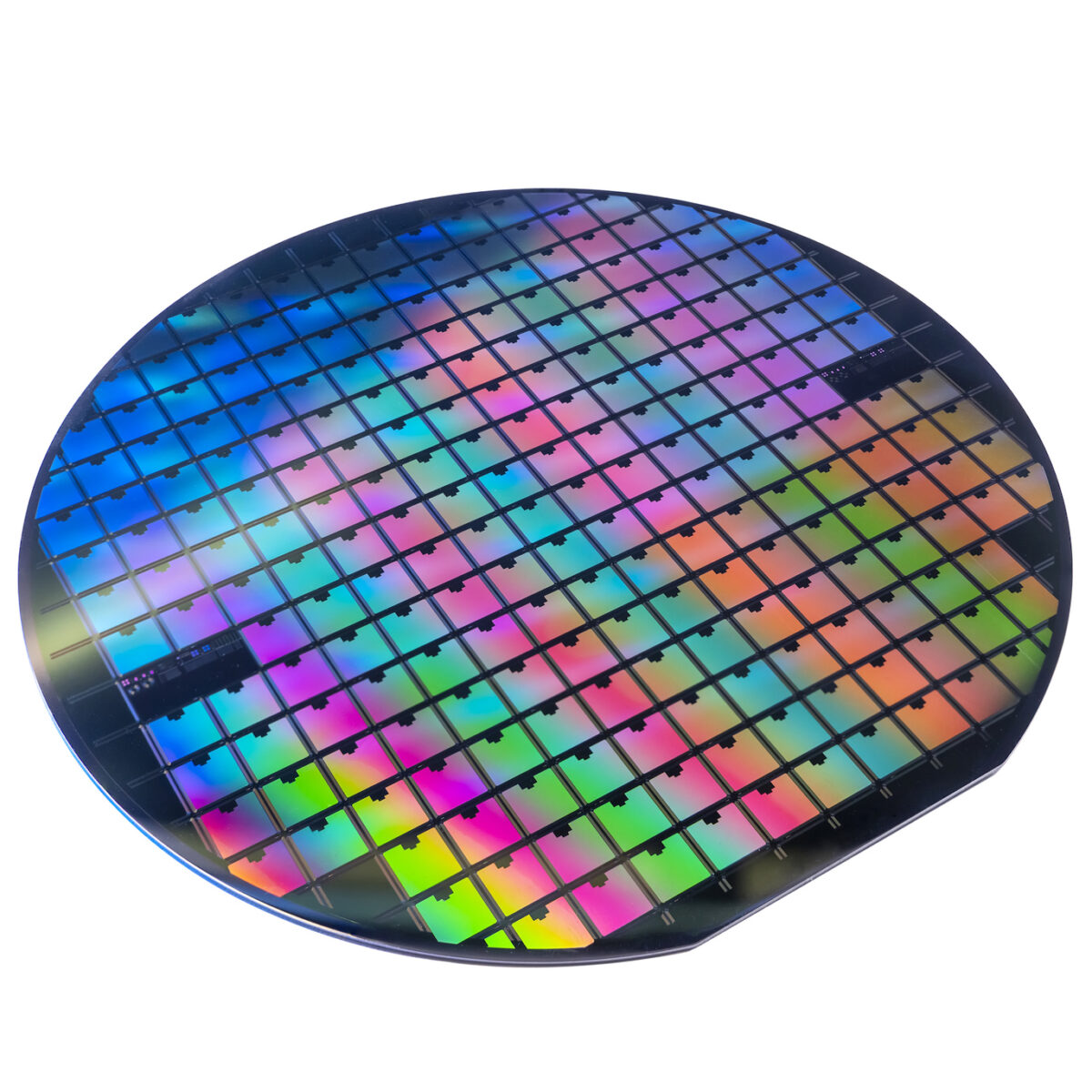A History of Early Microcontrollers, Part 9: The General Instruments PIC1650
I almost did not write this chapter in the ongoing saga of early microcontroller history. That’s not because the PIC1650 microcontroller isn’t important, just that it was not very important in its first incarnation. General Instrument Microelectronics (GI) envisioned the PIC1650 microcontroller as a peripheral chip for its 16-bit CP1600 microprocessor. In fact, “PIC” originally … Read More → "A History of Early Microcontrollers, Part 9: The General Instruments PIC1650"












